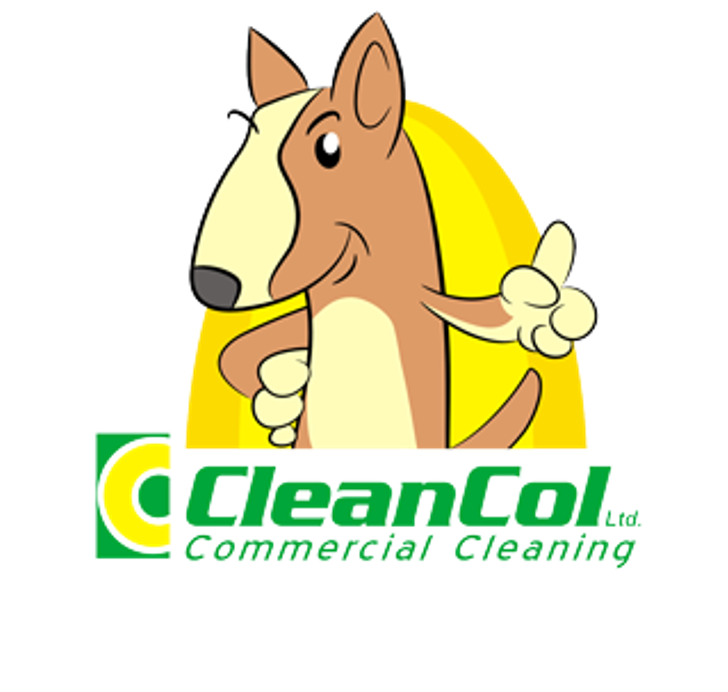Surface disinfection
- Juan Pablo Barbosa

- Jul 3, 2023
- 1 min read

Surface disinfection refers to the process of removing or reducing microorganisms, such as bacteria, viruses, and fungi, from various surfaces. It is an essential practice to maintain cleanliness and prevent the spread of infectious diseases. There are several methods and disinfectants available for disinfecting surfaces, including:
Chemical disinfectants: are substances specifically designed to kill or inactivate microorganisms. Common chemical disinfectants include alcohol-based solutions (such as isopropyl alcohol), chlorine-based compounds (such as bleach), hydrogen peroxide, quaternary ammonium compounds (such as benzalkonium chloride), and phenolic compounds. Different disinfectants have different efficacy against different types of microorganisms, so it is important to select the correct disinfectant for the target pathogen.
Disinfectant Wipes: Pre-moistened wipes or wipes impregnated with disinfectant solutions. They provide a convenient and portable option for surface disinfection, especially in situations where access to running water and disinfectant solutions may be limited. Disinfectant wipes are commonly used in healthcare settings, offices and homes.
When disinfecting surfaces, it is important to follow the instructions provided by the manufacturer of the disinfectant of your choice. This includes factors such as contact time (how long the disinfectant must remain on the surface to be effective) and any safety precautions. Furthermore, proper cleaning of surfaces prior to disinfection is important to remove dirt, debris and organic matter, which can reduce the effectiveness of disinfectants.
It is worth noting that surface disinfection is only one component of an overall infection prevention strategy.
CleanCol | Lethbridge's Commercial Cleaning Services #commercialcleaning #restaurantcleaning #residentialcleaning #windowscleaning #carpetcleaning #lethbridge #calgary








Comments